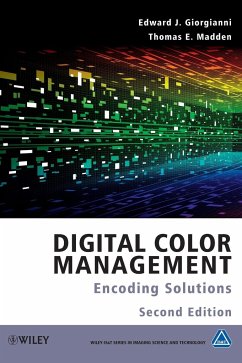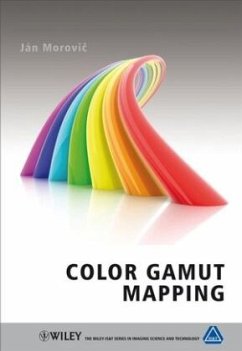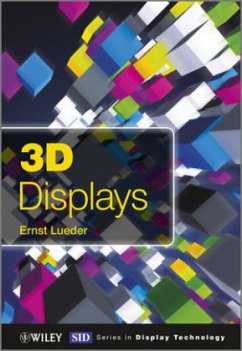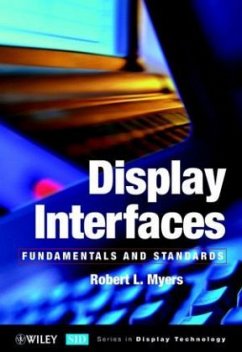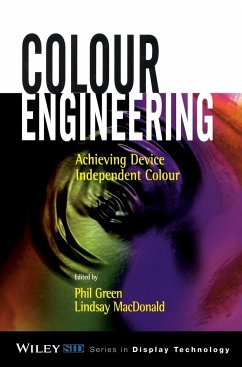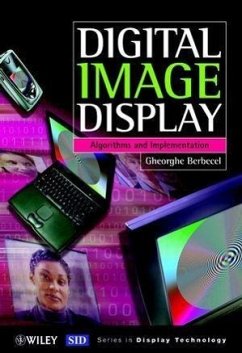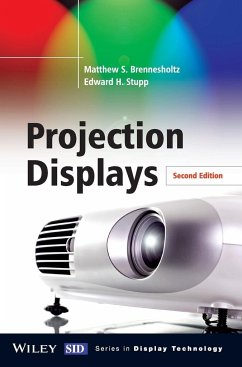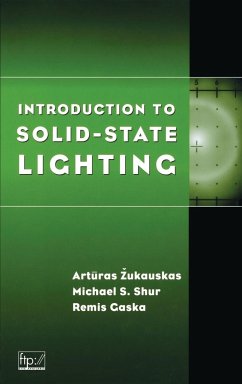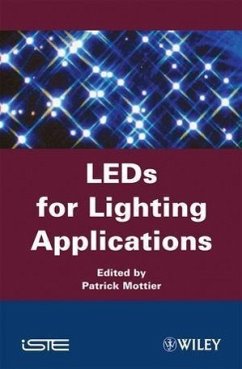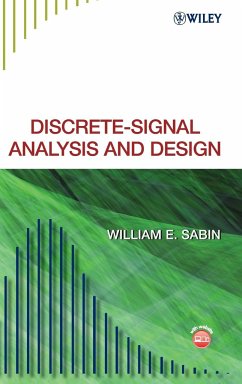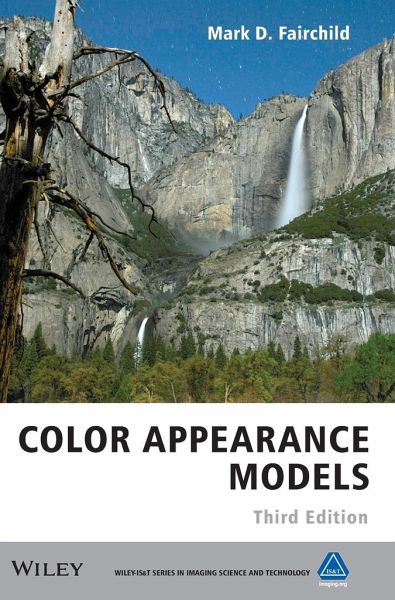
Color Appearance Models 3e
Versandkostenfrei!
Versandfertig in über 4 Wochen
136,99 €
inkl. MwSt.
Weitere Ausgaben:

PAYBACK Punkte
68 °P sammeln!
Building upon the success of previous editions, this volume continues to serve the needs of professionals who need to understand visual perception as well as produce, reproduce, and measure color appearance in such applications as imaging, entertainment, materials, design, architecture, and lighting. It provides tools for solving practical problems and presents background information for on-going research projects. The new edition of this essential resource contains numerous new and expanded sections, including an updated review of color appearance and many of the most widely used models to date.
The essential resource for readers needing to understand visual perception and for those trying to produce, reproduce and measure color appearance in various applications such as imaging, entertainment, materials, design, architecture and lighting.
This book builds upon the success of previous editions, and will continue to serve the needs of those professionals working in the field to solve practical problems or looking for background for on-going research projects. It would also act as a good course text for senior undergraduates and postgraduates studying color science.
The 3 rd Edition of Color Appearance Models contains numerous new and expanded sections providing an updated review of color appearance and includes many of the most widely used models to date, ensuring its continued success as the comprehensive resource on color appearance models.
Key features:
Presents the fundamental concepts and phenomena of color appearance (what objects look like in typical viewing situations) and practical techniques to measure, model and predict those appearances.
Includes the clear explanation of fundamental concepts that makes the implementation of mathematical models very easy to understand.
Explains many different types of models, and offers a clear context for the models, their use, and future directions in the field.
This book builds upon the success of previous editions, and will continue to serve the needs of those professionals working in the field to solve practical problems or looking for background for on-going research projects. It would also act as a good course text for senior undergraduates and postgraduates studying color science.
The 3 rd Edition of Color Appearance Models contains numerous new and expanded sections providing an updated review of color appearance and includes many of the most widely used models to date, ensuring its continued success as the comprehensive resource on color appearance models.
Key features:
Presents the fundamental concepts and phenomena of color appearance (what objects look like in typical viewing situations) and practical techniques to measure, model and predict those appearances.
Includes the clear explanation of fundamental concepts that makes the implementation of mathematical models very easy to understand.
Explains many different types of models, and offers a clear context for the models, their use, and future directions in the field.



